I would love a second opinion on how I plan to insulate the lid I just created for my Keezer. After a lot of back and forth & help on this forum I decided to create a new lid for my keezer to gain a small amount of extra head space and also have the option of putting my co2 tank outside the keezer. I was restricted by height as I wanted the keezer to be about the same height as another counter in my bar. Anyway I've posted picture of the new lid that was made from 1/4" birch plywood for the top and 2x4 red oak for the collar. We re-used the OEM seal from the original lid. As you can see from the pictures the lid is actually attached to a 3/4" counter which is oversized to allow me to re-use in the future with other freezers & is a more practical counter size for my bar.
What I am planning to do is:
- Use silicon sealant on the inside where the wood joins are.
- Use 2 R-5 foam boards back to back on the top of the lid to be 2" deep and be the equivalent of R-10. Attach to lid and each other with Adhesive.
- Use 1 R-5 foam board on the collar (side). That will end up coming about 1/4" into the freezer area but I don't think that will be an issue.
- Seal the foam joints. Still trying to decide how I want to do this. Maybe a foam compatible caulk or tape to look as neat as possible.
What I am planning to do is:
- Use silicon sealant on the inside where the wood joins are.
- Use 2 R-5 foam boards back to back on the top of the lid to be 2" deep and be the equivalent of R-10. Attach to lid and each other with Adhesive.
- Use 1 R-5 foam board on the collar (side). That will end up coming about 1/4" into the freezer area but I don't think that will be an issue.
- Seal the foam joints. Still trying to decide how I want to do this. Maybe a foam compatible caulk or tape to look as neat as possible.


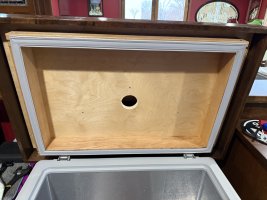
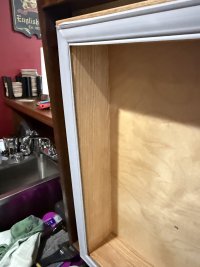
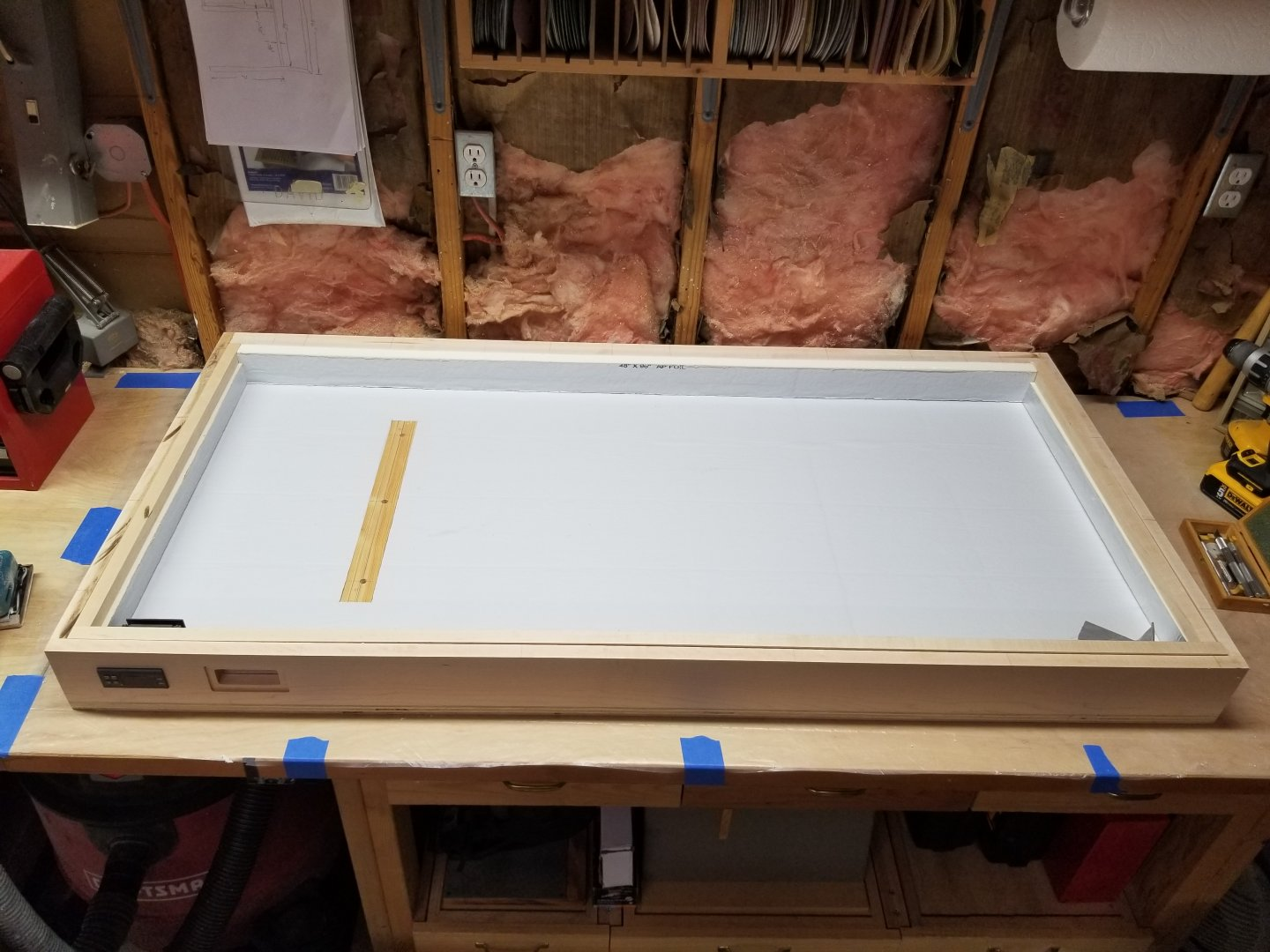
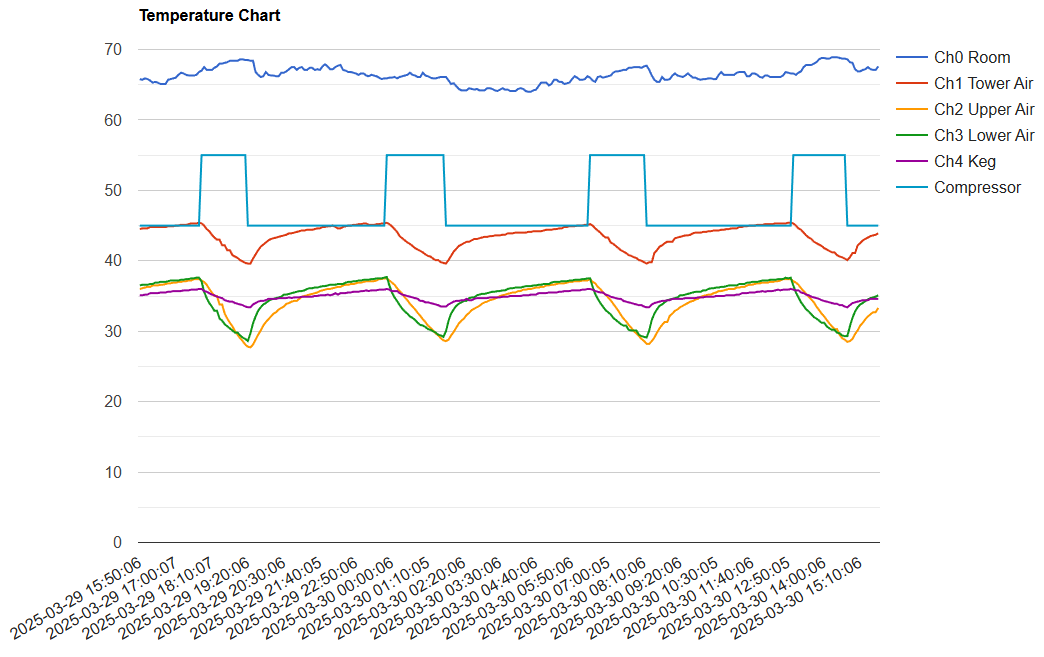
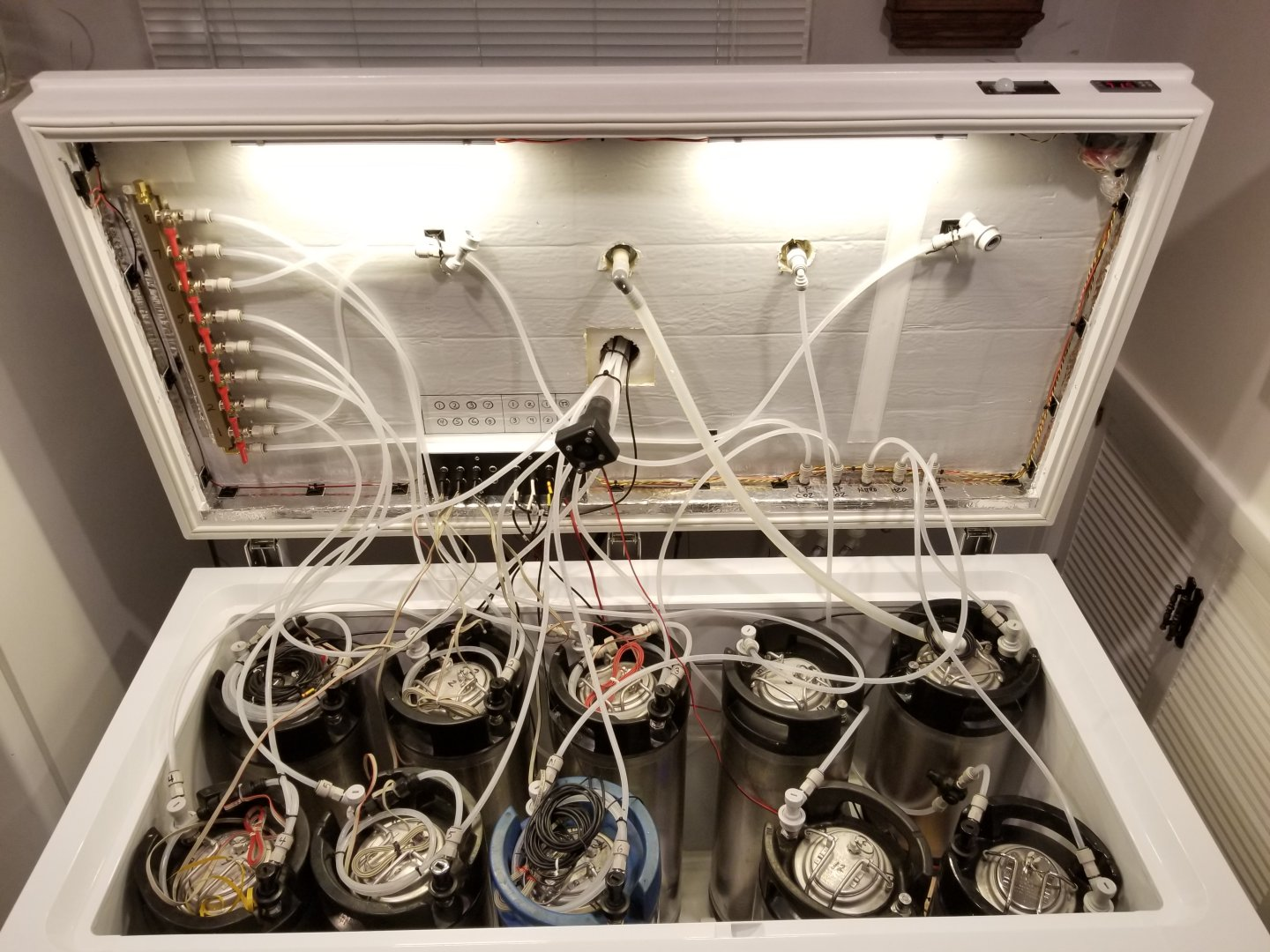



























![Craft A Brew - Safale BE-256 Yeast - Fermentis - Belgian Ale Dry Yeast - For Belgian & Strong Ales - Ingredients for Home Brewing - Beer Making Supplies - [3 Pack]](https://m.media-amazon.com/images/I/51bcKEwQmWL._SL500_.jpg)



























